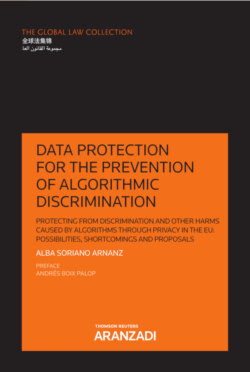Читать книгу Data protection for the prevention of algorithmic discrimination - Alba Soriano Arnanz - Страница 22
На сайте Литреса книга снята с продажи.
3.2. The use of algorithms by the public sector
ОглавлениеAlthough the public sector has been using algorithms for a very long time,124 the development of machine learning tools, which improve the effectiveness and efficiency of many different types of tasks, has led to their growing use by public administrations and organisations in general.125 From automated decision-making systems that identify which restaurants in a city should be inspected,126 or automatising aid systems,127 to algorithms that nudge128 citizens into making certain decisions,129 automation has become an essential part of some of the activities carried out by governments and will be increasingly prevalent in the future.130
The examples provided in the following pages are classified according to the division of public administration’s actions proposed by Santi Romano, who inspired his theory in the differentiation between public service provision and limitative activities that had been previously put forward by the German scholarship.131 Public limitative activities encompass all types of regulation, from business permits to police activity.132 This type of public activity is thus also labelled regulatory, coercive or police activity. Examples of public aid allocation through algorithms are included under the use of automation in public service management and provision.
